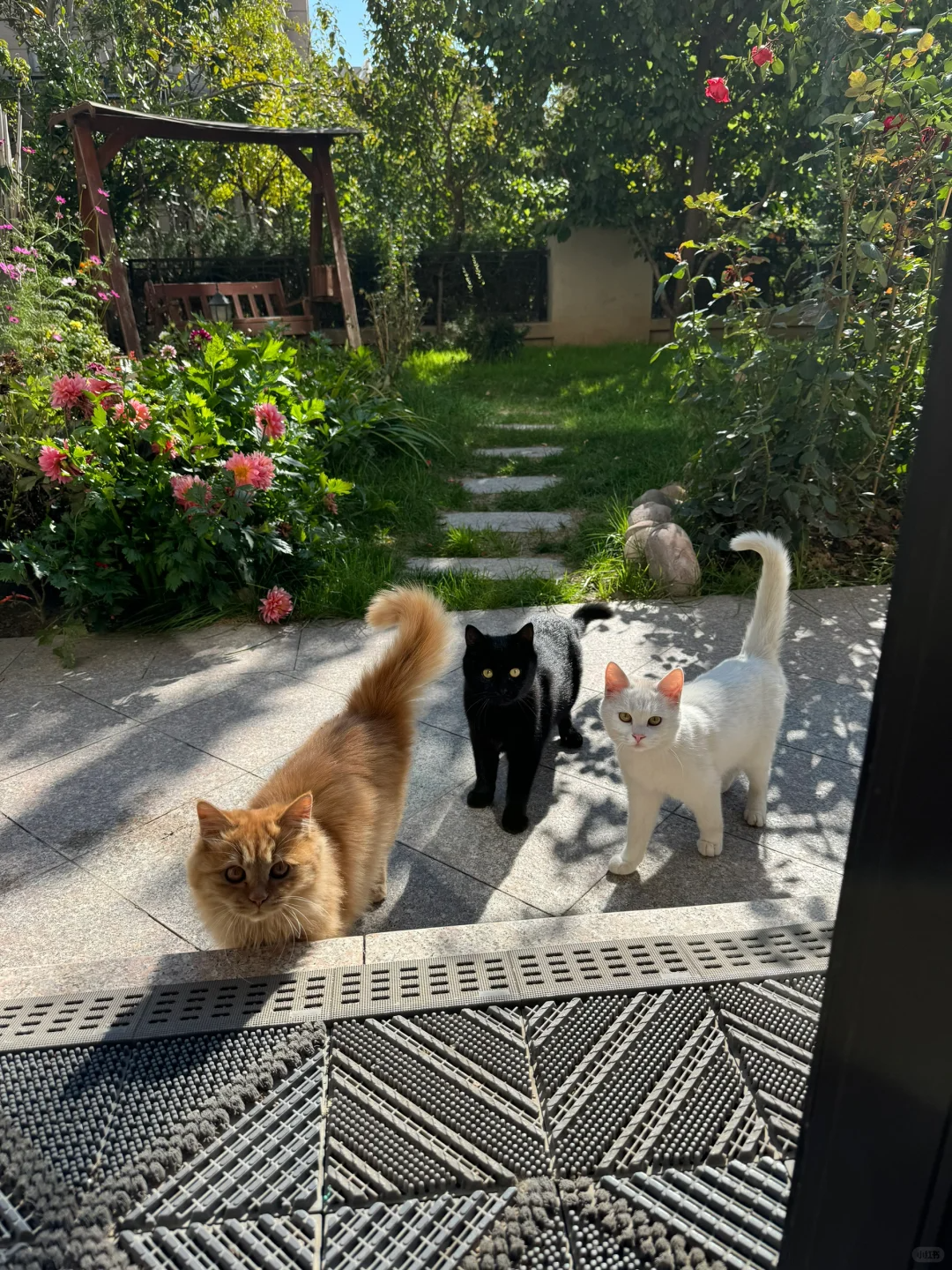 The Long History of Pet Collars
The Long History of Pet Collars
The pet collar is not a modern invention. Ancient Egyptian artwork shows dogs with collars thousands of years ago. Greeks and Romans also used leather collars for their hunting and guard dogs. In those times, collars often meant status. Noble families would decorate their dogs’ collars with jewels or metals. Farmers, however, needed practical and strong collars for working animals.
By the Victorian era, pet collars looked much like they do today. Owners engraved them with names and addresses. Collars helped quickly reunite lost pets with their families. This blend of fashion and function still shapes collar designs now.
Why Dogs and Cats Wear Collars
A pet collar does more than just look nice. Here are the main reasons pets wear collars:
- Identification: Collars hold tags with an owner’s contact information. If a pet gets lost, this allows for a quick return.
- Control: Leashes attach to collars, making it easier to walk, train, or restrain a pet outside.
- Training: Some collars help correct a dog’s behavior during walks.
- Medical Needs: Special collars—such as the “cone”—stop pets from licking wounds.
- Fashion: Many owners choose collars that fit their pet’s personality.
Each function adds value to an otherwise simple accessory.
Types of Pet Collars
Pet collars come in many styles and materials. Here are some popular types:
- Flat Collars: The most common type. These are made from nylon, leather, or soft fabric. They suit everyday use and hold tags and leashes well.
- Breakaway Collars: Mostly for cats. These collars pull apart easily if caught on something, preventing injury or strangulation.
- Martingale Collars: These tighten slightly when the dog pulls. They are useful for training or for breeds with thin necks.
- Harnesses: Not exactly collars, but some owners prefer them. Harnesses spread pressure more evenly, which is safer for some pets.
- Smart Collars: These collars come with GPS or activity tracking. Owners can monitor their pet’s location and health.
How to Choose the Right Pet Collar
A good pet collar must fit well and match your pet’s needs. Here are some tips:
- Fit: The collar should be snug, but not tight. You should fit two fingers under the collar.
- Material: Active pets do best with tough nylon. Leather looks stylish but may suit quieter pets.
- Safety: For outdoor cats, always buy a breakaway collar. For dogs who walk at night, get a collar with reflective strips.
- Purpose: Decide why you need the collar. Training, ID tags, comfort, or style may each require a different kind.
- Medical Concerns: Ask your vet if your pet has sensitive skin or neck issues.
Taking a few minutes to measure your pet and read product labels can go a long way.
Pet Collar: More Than Just an Accessory
A pet collar keeps pets safe, shows their style, and helps reunite lost animals with their families. The right collar gives peace of mind, both to pets and to owners. Most importantly, a comfortable collar adds to your pet’s happiness and security.
Choose wisely, and your pet collar will serve you both well for years to come.
 Shandong Vlink Pet Products Co., Ltd
Shandong Vlink Pet Products Co., Ltd

 The Long History of Pet Collars
The Long History of Pet Collars
